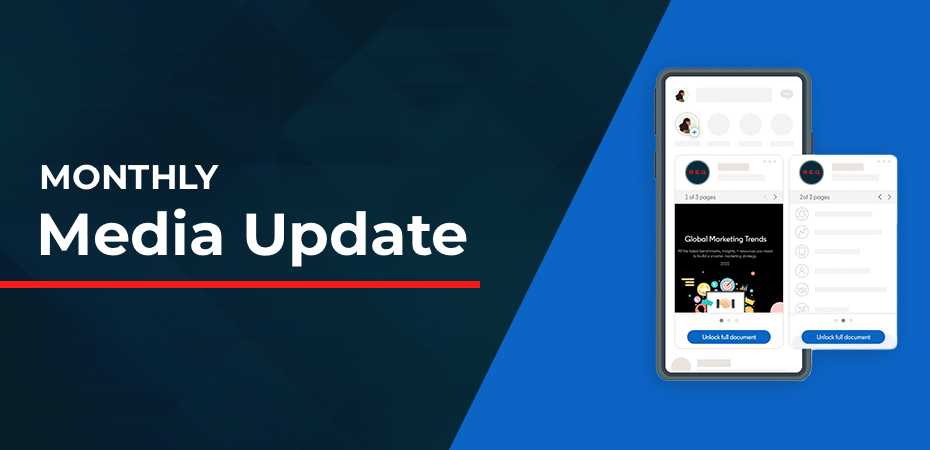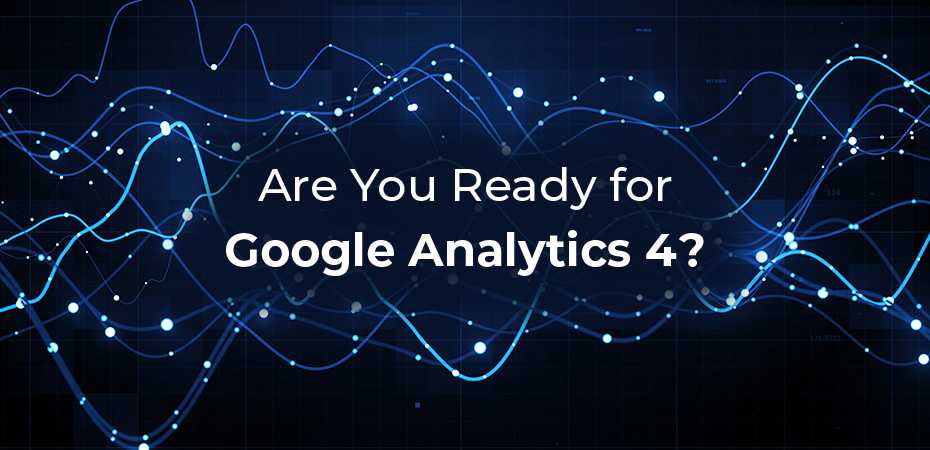February 16, 2023
| Article | Advertising,
Content,
Search Engine Optimization,
Technology
ChatGPT and AI: What Marketers Need to Know
Artificial intelligence (AI), and specifically OpenAI’s groundbreaking AI model ChatGPT, has been one of 2023’s biggest discussion topics for not just marketers but the general public too.
Speedy adoption has directly resulted in a search engine AI arms race between Bing and Google. Although these AI features have been in development for quite some time, timelines and launches were haphazardly moved up to capitalize on the conversation, to varying degrees of success.
AI has huge implications for marketers, both strategists and practitioners alike. Here’s what marketers need to know and keep in mind if they’re adding to their tech stack.
What Is ChatGPT?
ChatGPT (Conversational Generative Pre-training Transformer) is a large language model developed by OpenAI. It is a variant of the GPT (Generative Pre-training Transformer) model and is specifically designed for natural language processing tasks, such as language understanding, text generation, and text completion.
The model is trained on a massive dataset of text and generates human-like responses to prompts. ChatGPT is one of the most advanced language models currently available and is already widely used for specific tasks, such as chatbot development, content creation, language translation, and research.
How Does It Work?
ChatGPT uses a deep neural network architecture known as a transformer. The model is pre-trained on a large dataset of text, and it learns to understand the patterns and structure of natural language.
The model is trained to predict the next word in a sentence, given the previous words. This pre-training process allows the model to learn a general understanding of the structure of language and the relationships between words.
When given a prompt, ChatGPT uses this pre-trained understanding to generate text that is coherent and grammatically correct. The model uses a technique called beam search to generate multiple possible responses, and then chooses the most likely response based on the input prompt. with minimal, negligible delay.
Applications
After pre-training, the model can be fine-tuned on a specific task, such as answering questions, generating chatbot responses, or creating content. Fine-tuning allows the model to adapt to specific use cases and improve its performance on a particular task.
Chatbots: Create intelligent chatbots that can engage with customers, provide information, and even complete tasks.
Content creation: Generate high-quality, unique content for social media, blogs, and other marketing materials.
Language translation: Translate text into multiple languages, making it easier for businesses to reach a global audience.
Data analysis: Analyze large amounts of data, such as customer feedback, to gain valuable insights.
Personalization: Personalize content, such as emails and marketing materials, to make them more relevant and effective.
Text completion: Complete an unfinished sentence, a paragraph, a story, or a poem.
Text generation: Generate news articles, dialogues, movie scripts, and more from a given prompt.
Language modeling: Train other models on specific tasks, such as sentiment analysis or named entity recognition, by providing them with the ability to understand natural language inputs.
Automatic summarization: Summarize large articles, research papers, and other text-based content to make it more accessible.
Q&A: Answer questions based on a given context, which is helpful in creating a knowledge base for customer support.
Article generation: Generate high-quality, unique articles on a wide range of topics or fine-tuned to a specific topic, such as technology or business.
Blog posts: Generate blog posts that are engaging and informative and are written in a specific tone or style to match the brand voice.
Social media posts: Generate social media posts that are catchy, interesting, and shareable, and include specific keywords or hashtags to improve the visibility of the posts.
Email marketing: Generate personalized and engaging email marketing campaigns that match the tone and voice of the brand.
Automatic summarization: Summarize large articles, research papers, and other text-based content to make it more accessible.
Ad copy: Generate ad copy that is engaging and effective in promoting a product or service.
Product descriptions: Generate product descriptions that are clear, concise, and informative.
Sentiment analysis: Classify text as positive, negative or neutral to analyze customer feedback and gauge the overall sentiment towards a product or service.
Named entity recognition: Identify and extract specific entities, such as people, places, and organizations, from a large amount of text to extract useful information from articles, reviews, and other text-based data.
Topic modeling: Identify the main topics discussed in a large amount of text to understand the main themes and subjects discussed in a collection of documents or articles.
Text summarization: Summarize large amounts of text into a shorter, more condensed form to quickly understand the main points of an article or document.
Integrations
ChatGPT can be integrated with a number of marketing tools to help streamline processes, increase post frequency and engagement, and improve response time.
CRM systems: Provide personalized responses to customer inquiries and improve the overall customer experience.
Analytics platforms: Gain insights into customer behavior and preferences to improve the targeting and effectiveness of marketing campaigns.
Social media platforms: Automatically generate and post content on platforms such as Twitter and Facebook.
Email marketing platforms: Generate personalized and engaging email campaigns.
E-commerce platforms: Create product descriptions and provide customers with personalized recommendations.
Content management systems: Automatically generate and publish blog posts, articles, and other content.
Other AI-based tools: Form a complete AI-driven marketing stack. For example, ChatGPT can be integrated with computer vision models to generate captions for images.
However, automated and artificial does not mix well with customer service, so be mindful of how you’re interacting with your customers. It’s easy to go viral for the wrong reasons.
Products
Many companies and communities were quick to leverage ChatGPT to rapidly bring products to market.
OpenAI's DALL-E 2: OpenAI used ChatGPT to generate images from text prompts, which they called DALL-E 2. They created a website where people can type in text prompts and DALL-E 2 generates an image that corresponds to the text.
GPT-3 for email marketing: Some companies have used GPT-3, a more recent version of ChatGPT, to generate personalized and engaging email marketing campaigns. Phrasee used GPT-3 to generate subject lines for their email campaigns, and reported that the open rates increased by 29% and click-through rates increased by 41%.
ChatGPT for customer service: Hugging Face used ChatGPT to create a customer service chatbot for their business. The chatbot was able to handle a wide range of customer inquiries, and the company reported a significant reduction in the number of customer support tickets.
GPT-3 for content creation: Some companies have used GPT-3 to generate high-quality, unique content for their websites and social media platforms. For example, a company called Copy.ai used GPT-3 to generate product descriptions and blog posts, and reported that the generated content was of a similar quality as content written by a human.
GPT-3 for language translation: Some companies have used GPT-3 to translate text into multiple languages, making it easier for businesses to reach a global audience. For example, Unbabel, a language translation company, has integrated GPT-3 into their platform to improve the quality of translations
Risks
ChatGPT’s features and the rapid improvement of the underlying AI technology are impressive, but it is not the finished product yet. With all innovative products new to the market, take caution, especially when it comes to data privacy.
To ensure compliance with regulations such as GDPR and HIPAA, companies must ensure that the data used to fine-tune the model does not contain any personally identifiable information (PII) and that the model is not used to process sensitive information, such as medical records.
Additionally, have appropriate contracts and agreements in place with any third-party providers that are used to store or process data. Implement appropriate data governance and access controls to ensure that personal data is processed only by authorized personnel, and that the data is deleted when it is no longer needed. It is also recommended to conduct regular security audits and risk assessments to ensure that the model is being used in a secure and compliant manner.
The full effects of AI and ChatGPT on marketing are unknown. But, as search engines further integrate AI into their tools, search engine optimization (SEO) and advertising strategies must evolve and optimize. Marketers should closely monitor what ChatGPT delivers, and give copy a thorough proofread to make sure you’re maintaining your brand voice and tone.
AI still struggles to apply a “human touch” to content created for marketing purposes. As consumers are increasingly skeptical of what they see on- and offline, they will continue to connect with personalized, valuable content and engage with the brands that provide it best.

